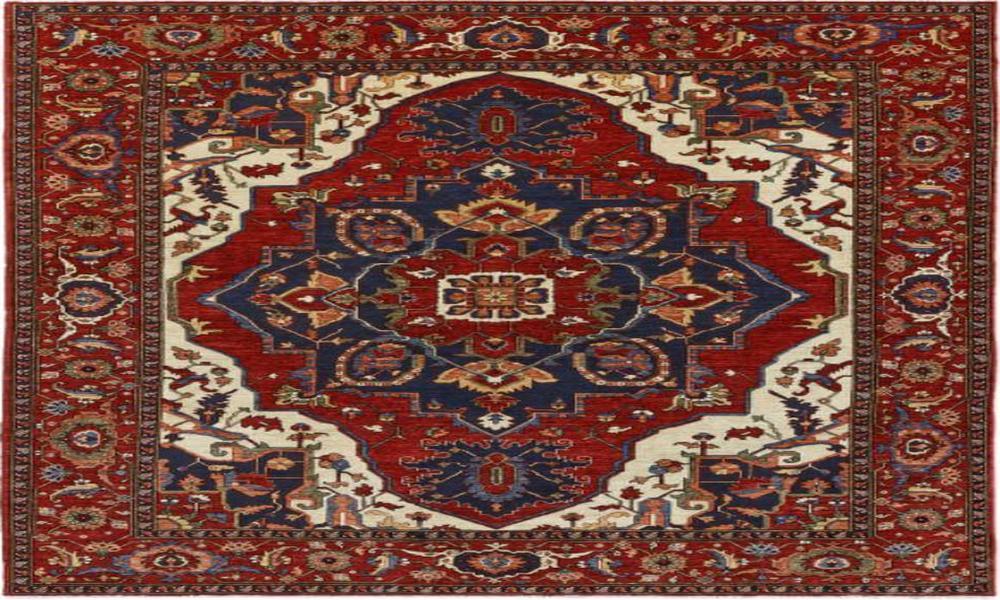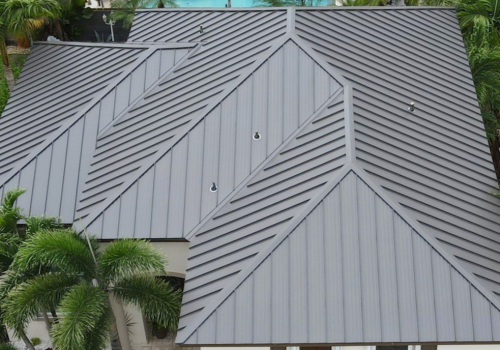How can Persian Rugs be used in rooms of your home?
 Persian rugs are timeless and versatile and can be used in a variety of rooms in your home. Here are some tips on how to incorporate Persian rugs in different rooms:
Persian rugs are timeless and versatile and can be used in a variety of rooms in your home. Here are some tips on how to incorporate Persian rugs in different rooms:
Living room:
A Persian rug can be the centerpiece of a living room, anchoring the furniture and adding warmth and texture. Choose a rug with bold colors and intricate patterns to create a dramatic focal point or a more subdued rug with muted colors for a more understated look.
Bedroom:
In the bedroom, a Persian rugs can add softness and warmth underfoot. Place the rug at the foot of the bed or under the bedside tables. Choose a rug with a soft, plush pile for maximum comfort, and opt for muted colors and simple patterns to create a calming atmosphere.
Dining room:
A Persian rug can add elegance and sophistication to a dining room, while also protecting the floor from spills and scratches. Place the rug under the dining table and chairs, ensuring that it is large enough to accommodate the furniture. Choose a rug with a low pile or a flat-weave construction for easy maintenance, and opt for a rug with darker colors to hide any spills or stains.
What are materials used to make Persian rugs, and how do they affect the look and feel of the rug?
Persian rugs are known for their intricate designs and high-quality construction, and they are made from a variety of different materials. Here are some of the most common materials used to make Persian rugs, and how they affect the look and feel of the rug:
Wool: Wool is the most common material used to make Persian rugs, as it is durable, soft, and naturally stain-resistant. Wool rugs are also known for their ability to hold dyes well, resulting in vibrant colors that are resistant to fading over time.
Cotton: Cotton is used as a foundation material in many Persian rugs, as it is strong, durable, and flexible. Cotton is also used to create the warp and weft threads that hold the rug together, and it is often used in combination with wool or silk to create a sturdy and long-lasting rug.
Animal hair: Animal hair, such as goat, camel, or horsehair, is sometimes used to add texture and strength to Persian rugs. These materials are often used in the foundation of the rug, or in the pile to add extra durability.
What factors consider in choosing Persian rugs?
Choosing a Persian rug can be a daunting task, as there are many factors to consider. Here are some of the most important factors to keep in mind when choosing a Persian rug:
Size: The size of the rug should be appropriate for the space it will be placed in. Measure the area where the rug will be placed and choose a rug that is proportional to the space.
Style: Persian rugs come in a wide variety of styles, from traditional to modern. Choose a style that complements the decor of the room it will be placed in.
Material: The material of the rug can affect its durability, texture, and feel. Consider the intended use of the rug and choose the appropriate material.
Quality: The quality of a Persian rug can vary widely. Look for a well-made rug, with even knots, and sturdy backing.
Budget: Persian rugs can be quite expensive, so it is important to have a budget in mind when shopping for one. Consider the cost per square foot and choose a rug that fits within your budget.
By considering these factors, you can choose a Persian rug that will be both beautiful and functional in your home.




